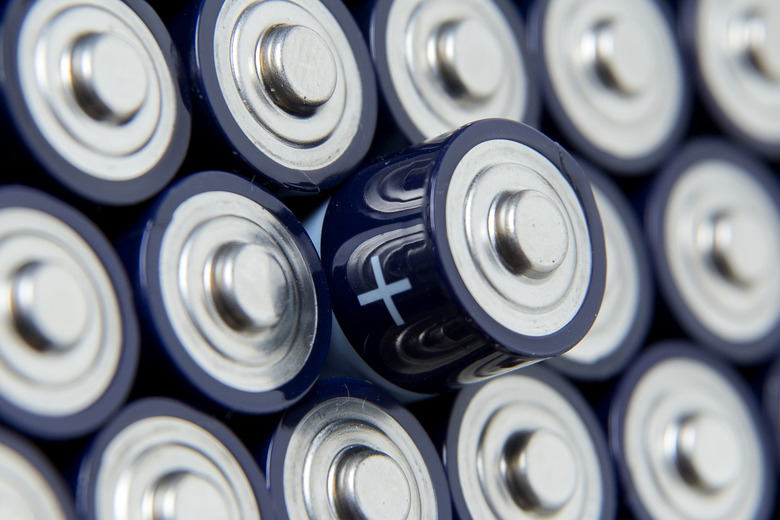Can Nimh Chargers Be Used On Lithium Ion Batteries?
Lithium ion (Li-ion) and nickel-metal hydride (NiMH) batteries are popular rechargeable batteries. Although used in similar applications such as cameras and laptops, they have different chemistry and characteristics.
Lithium Ion Batteries
Lithium Ion Batteries
Li-ion batteries deliver up to three times more power for their weight and size than NiMH rechargeable batteries. Lithium ion cells operate at higher voltages that NiMH cells, so fewer cells are needed to form larger batteries. Lithium ignites when heated or exposed to oxygen, so over-charged Li-ion batteries are dangerous.
Nickel-Metal Hydride Batteries
Nickel-Metal Hydride Batteries
NiMH batteries are equally high-tech in their design but don't hold a charge as long as their Li-ion counterparts. Each cell produces a lower voltage, so NiMH batteries are larger and heavier than Li-ion batteries of the same voltage. They do not ignite or explode when exposed to oxygen.
Chargers
Chargers
Both batteries need sophisticated chargers, but they contain very different electronics. Li-ion chargers monitor the charging rate and cut the power if a problem is detected. Every make of Li-ion battery is different, so chargers offer variable voltages, currents and charging times, and failing to use the correct settings can be catastrophic. NiMH chargers lack the safety features needed for Li-ion batteries. For these reasons, charge Li-ion batteries only in Li-ion chargers. Using another charger may result in overheated batteries, chemical fires and explosions.
Cite This Article
MLA
Robinson, David. "Can Nimh Chargers Be Used On Lithium Ion Batteries?" sciencing.com, https://www.sciencing.com/can-used-lithium-ion-batteries-7739193/. 13 March 2018.
APA
Robinson, David. (2018, March 13). Can Nimh Chargers Be Used On Lithium Ion Batteries?. sciencing.com. Retrieved from https://www.sciencing.com/can-used-lithium-ion-batteries-7739193/
Chicago
Robinson, David. Can Nimh Chargers Be Used On Lithium Ion Batteries? last modified March 24, 2022. https://www.sciencing.com/can-used-lithium-ion-batteries-7739193/
